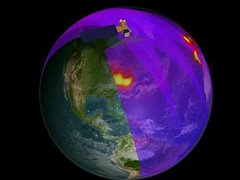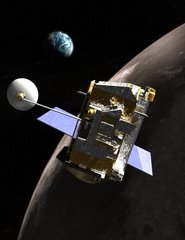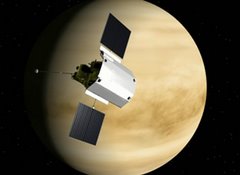So, you're probably wondering what's this movie about. In the Shadow of the Moon is a documentary featuring never seen before NASA footage of
 the Apollo missions. This includes footages taken by the astronauts while they were on the Moon and in Mission Control. The filmmaker, David Sington, also include interviews from the Apollo astronauts.
the Apollo missions. This includes footages taken by the astronauts while they were on the Moon and in Mission Control. The filmmaker, David Sington, also include interviews from the Apollo astronauts.The stories these men tell, bring the whole experience of going to the Moon, or almost making it, to life. As you sit and listen to them you can see the excitement and the passion in their eyes. The trials of just getting a single rocket off the ground without it exploding to launching three men around the Moon. You begin to realize the accomplishments that science, engineering, and technology have made to make all of this possible. Seeing the tools we used to get there the Apollo era makes it even more exciting is how LRO will assist in discovering the unknown. Thus once again allowing astronauts to go back to the Moon.
It's amazing to realize that the last time a human has stepped foot on the Moon was nearly 35 years ago, and we haven't been back there since. For many people, having people fly into space is taken for granted. After watching this movie, I don't think I would take it for granted anymore. The images shown from the command module makes you realize how small the Earth is in the grand scheme of things. This movie was definitely inspiring. I just hope I have the opportunity to inspiring the next generation of astronauts and explorers, and they find that space a marvelous place to visit.
As well as winning the World Cinema Audience Award at the Sundance Film Festival this year, this movie was a big hit with its pre-release at the NASA centers today. Its release is planned for September 7th.






